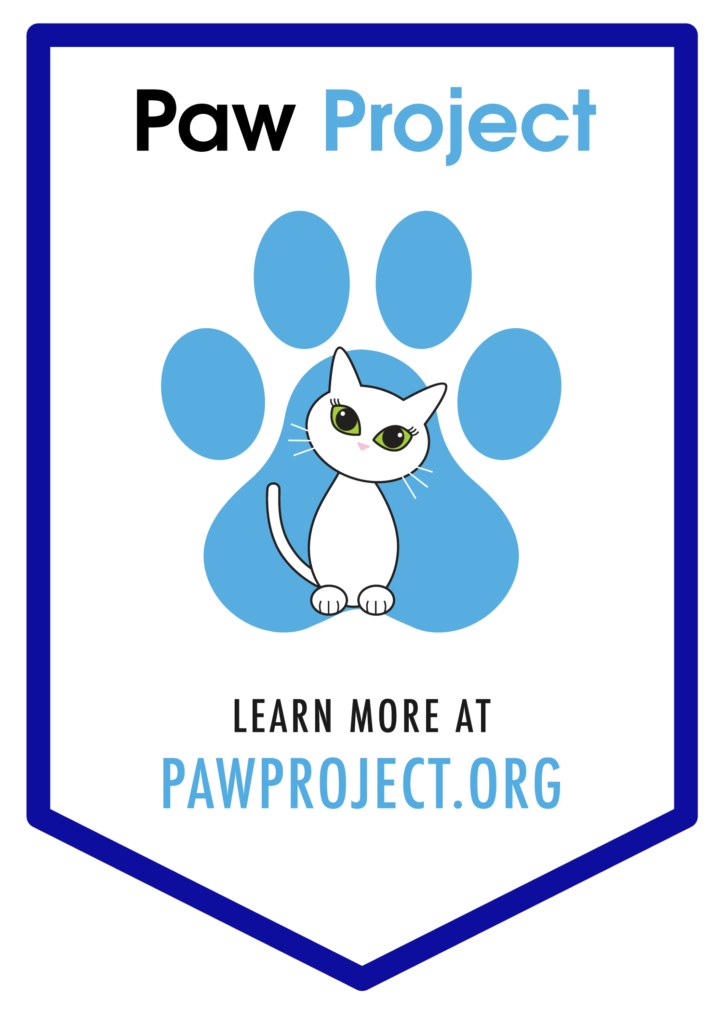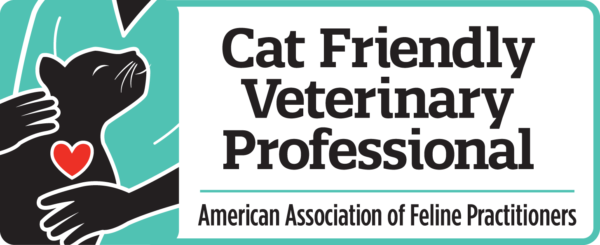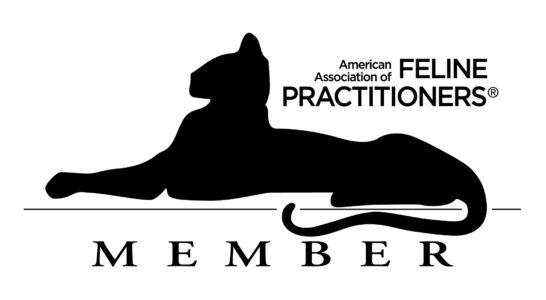
Welcome to Part Three of an informative series on the fantastic feline senses and how these innate behaviors can present as behavior challenges in the home environment. If you are just joining the discussion please refer to Parts One and Two of the series.
Vertical Space
Cats have an innate need to climb and seek refuge up high. Cats are the most three dimensional species with which we share our homes. They typically feel most secure when they can view their world from a place of concealment and gain control over their environment from a single vantage point. This can pose a nuisance to clients who either do not realize this need or want to fight this natural instinct. Giving cats an appropriate place to seek height is the best and easiest way to control this natural behavior. If acceptable outlets are not provided, the cat will find one. Locations may include the top of the refrigerator, kitchen cabinets, entertainment center or closet shelf. If these are places you would rather your cat not frequent than you must provide a cat condo, cat tree or a bed up high in a location that you can tolerate. Much like the need to scratch and groom, the safety and comfort of vertical space is a trait that must be accepted and appropriately provided for rather than unrealistic attempts to control or cease it entirely.
Predation/Hunting/Play
Normal hunting behaviors and a cat’s normal predatory nature is a species specific component that factors into a cat’s internal clock and potential interest in the provided toys. Cats are crepuscular, which means they are most active at dawn and dusk. This is an essential feline trait as much of their prey is also active during these hours. This can cause problems in some homes as many clients’ schedules conflict with this routine. At a time when most families are sleeping in the morning or just winding down their day in the evening is when the cats are saying “hey, let’s play now!”
Predators like to chase and hunt most anything that moves. Human directed aggression is another example of how the cats’ need to hunt and perform normal behaviors can manifest as a behavior problem. This is particularly true of poorly socialized single kittens, kittens that were not among their peers for appropriate sparring, and cats that were taught that biting hands and chasing feet is a game. This is a common behavioral challenge that requires understanding of normal feline behavior to successfully overcome. Prevention is the best option, so never ever play with your hands with your cat as this behavior problem is learned directly from humans!
Additionally, cats are prey specific. They will typically hunt the exact same species of mouse or bird that their mother taught them to hunt. This particularity can make it a challenge to find just the right toy for your cat. Many clients end up spending money on toys their cat has no interest in. Proper toy selection is a necessary part of successful playtime with your cat. During this time of trial and error I encourage patience, and suggest that toys that are of little interest are never a waste as most people have friends, family, or a local shelter who would welcome the donation.
This prey preference also reminds us that we do not need to offer every flavor of food under the sun. We humans tend to anthropomorphize and think that our pets want and need variety the same way our human palate craves variety. In fact, they do not. Stick with one or two of your cat’s favorite flavors of food and you are good to go! This will also leave you with something to offer if your cat ever gets sick and you need to offer something new and exciting to tempt their appetite. And while we are on the predator and food preferences topic it is important to state here that cats would rather starve than eat an unacceptable meal. They are not scavengers, but rather stealth hunters. They prefer a fresh kill, and do not typically eat cold, dead prey. So if you have noticed your cat does not want cold food from the refrigerator, this is why! Dogs are very different in this regard!
Masters of Disguise
While this aspect may seem a bit more medical than behavioral I feel it is important to touch on here. Cats are amazing at masking their illnesses. Again, reiterating that they are a species that is both predator and prey, it is imperative that they do not show weakness in the wild. This instinct still carries over to our beloved pampered pets and owners so often miss the subtle signs of sickness. Since cats are also extremely diligent in their routines, I often stress to clients to keep in their observations their cat’s daily repertoire. The day they do not come for their canned food breakfast or neglects to meet you at the door like clockwork could be the very first clue that the cat wasn’t feeling well. I often compare how tough cats are to their canine counterparts. A dog with a broken leg will limp and whine and appear quite challenged; a cat with a broken leg will run on it! They hide so much and it is our responsibility to be the best cat parents we can be and that means keeping a watchful eye and remaining observant.
Any change in behavior can be a sign of a medical problem. Here are a few signs to watch for:
- Increased or decreased thirst
- Increased of decrease elimination (urine or feces)
- Increased or decreased appetite
- Excessive vocalization
- Changes in favorite sleeping/hiding spots
- Increased vomiting or soft stool
- Elimination outside of the litter box (urine or feces)
- Lack of interest in play and normal interaction
I hope you have enjoyed our three part series on some of the most common species specific behaviors and how they can present as behavior challenges in the home. If you are experiencing any of these problems with your cat and would like more specific advice to resolve your problem please fill out the behavior questionnaire on this website for a personalized in-home consultation.






